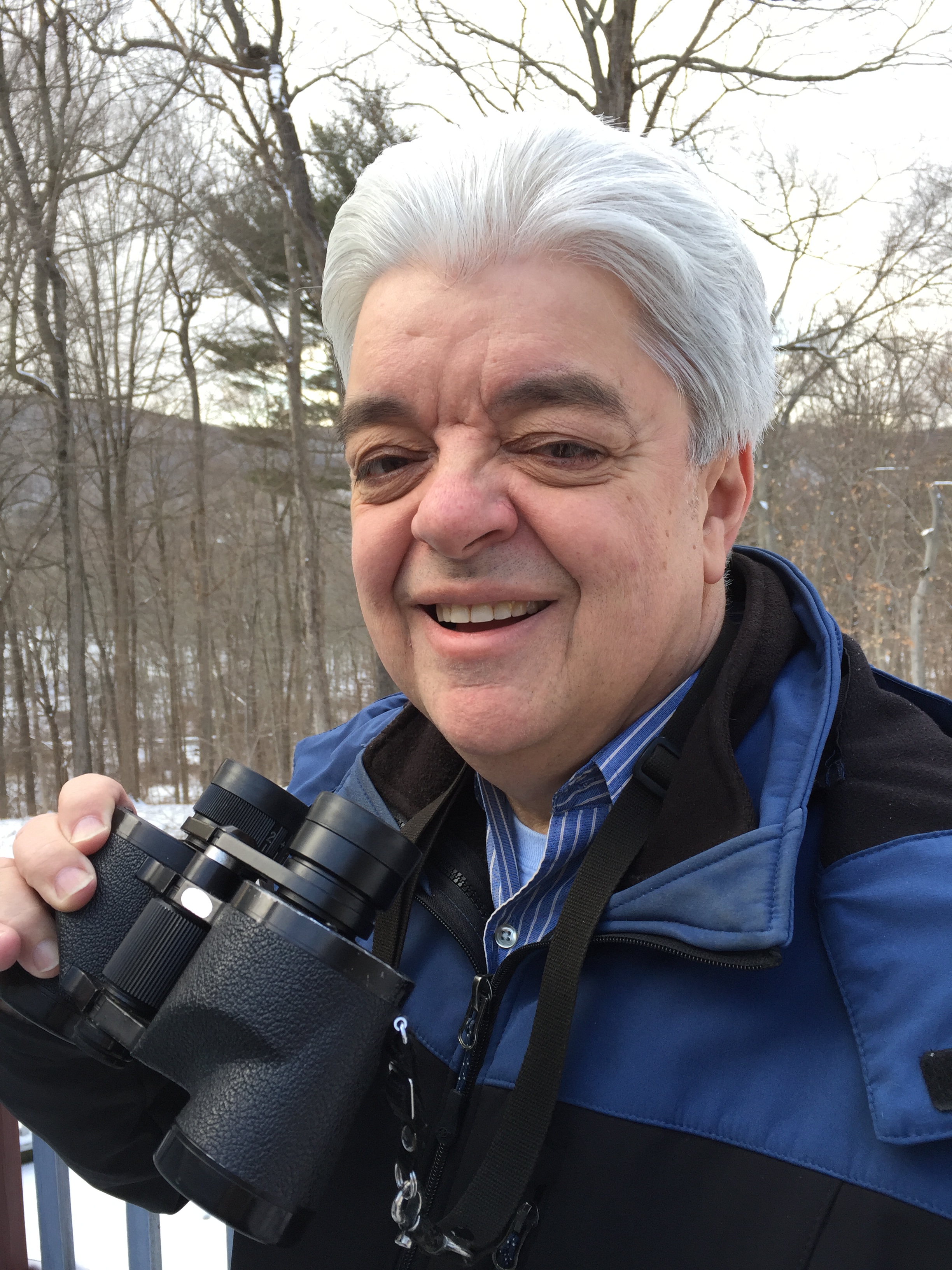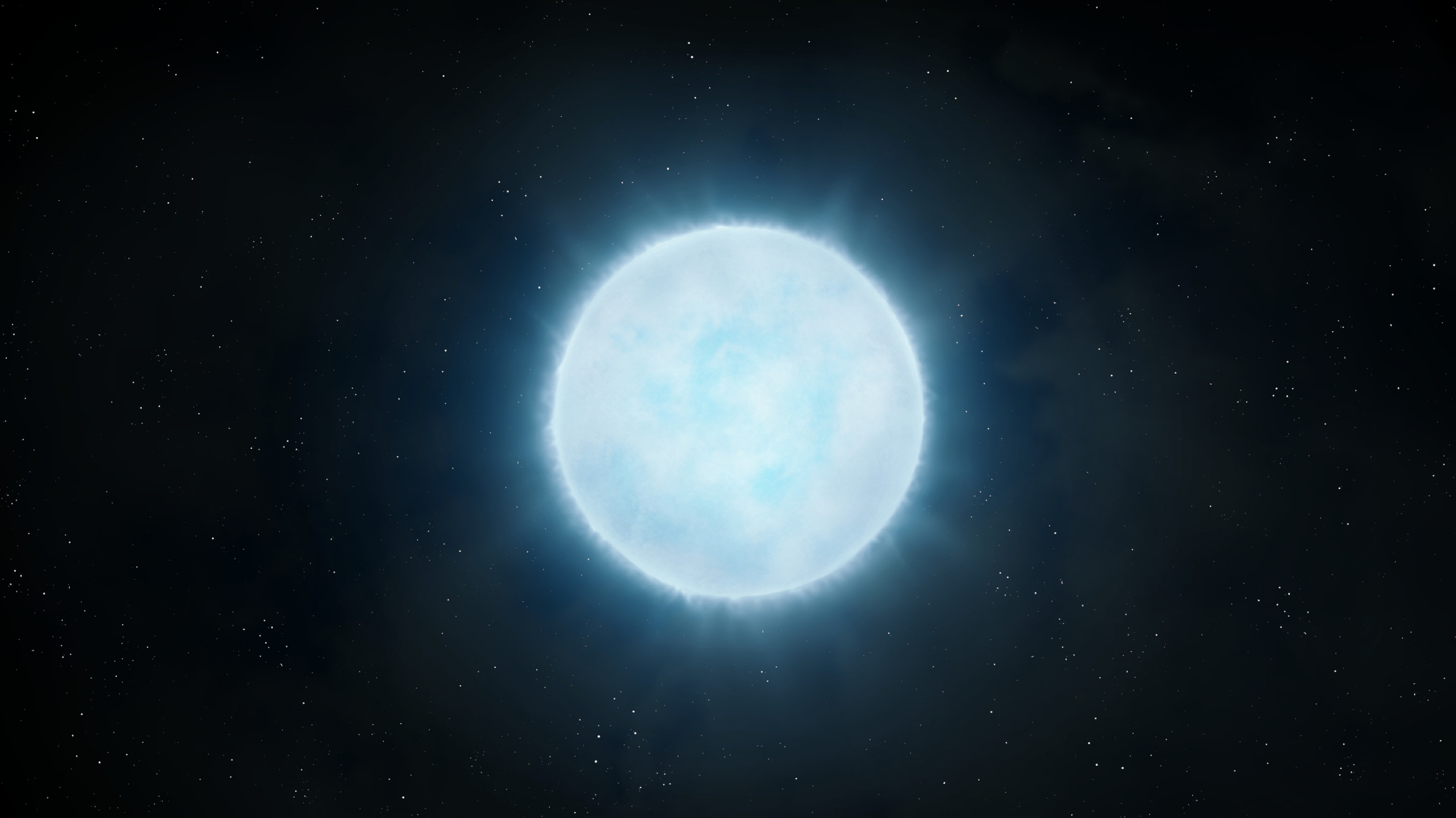Moonstruck: A September Showcase for Lunar Lovers
Tothe ancient Greeks the moon wasan object of reverent admiration, but even today Earth's nearestneighborspulls on the heartstrings of skywatchers.
OnSept. 18, moon lovers around theworld will unite in the first International Observe the Moon Night. Theskywatching event is part lunar lovefest and part outreach to spurpublicinterest in the moon and amateur astronomy.
Butmodern skywatchers are nopioneers when it comes to honoring and gazingat the moon.
In1609, when Galileo first focusedit in his crude telescope, he expressed his admiration and wonder bywriting:
"Amost beautiful and rapturoussight to behold ? It does not possess a smoothe and polished surfacebut isrough and uneven and, similar to the earth itself, is everywhere fullof vastprotuberances, deep chasms, and sinuosities."
Andmuch earlier in 550 B.C., themoon factored into the construction of one of the sevenwonders of the ancient world in the city of Epheseus in whatis now Turkey.It was the Temple of Artemis, built to honor a deity associated withthe Greekmoon goddess Selene.
Infact, modern study of lunar topographyis known to this day as selenography.
Breaking space news, the latest updates on rocket launches, skywatching events and more!
Ourever-changing moon
Oneof the most complex of allastronomical problems is calculating the motion of the moon. But thisneed notconcern any of us who enjoy watching the ever-recurring lunar phases,or thevaried aspects of the moon with relation to the horizon, the planetsand thestars during each month. [More: HowMoon PhasesWork]
About29.5 days elapse from one newmoon to the next, and on all but a few nights in this time the moon canbe seenin some part of the sky.
First,it adds delicate beauty tothe western twilight as a thin arc of light enclosing a ghostly ball.This wasthe signal by which the ancients set their calendars.
Fornearly a week after the newmoon, sunlight reflected from the Earth illuminates the night side ofthe moon,making its entire disk glow faintly with a blue-gray hue and fittingthe oldsaying, ?the old moon in the new moon's arms."
Hereis one of nature's beautifulsights, easily seen by everyone but better appreciated by amateurastronomers,who know the stage setting that makes it possible.
Organizersfor InternationalObserve the Moon Night are hoping to use the moon's draw to introduceskywatchers to amateur astronomy. Details on how to host or attend amoon-watching event are available at the group's website:http://observethemoonnight.org/
Sightinghalf a moon
Everymonth the moon performs acycle in which it grows in phase each night, increasing in brightnessuntil itis fully illuminated in a neat half-lit disk. At the moment of firstquarterphase, the lunar terminator appears straight to our view, or nearly sodepending on the observer-Earth-moon geometry.
Theterminator divides day andnight on the moon, and the long shadows of lunar mountains and craterrims makefascinating watching in a smalltelescope as the sun rises over the quarter moon. Sometimeswithin a fewminutes one can see sunlight suddenly illuminate the summit of a lunarmountain. The shadow of a peak near the terminator can shortennoticeably fromhour to hour.
Itis not always possible, however,to see the terminator precisely straight when the astronomical almanacsandhandbooks predict first quarter, for the moon might be below yourhorizon atthat moment. This week, that time is 5:50 at the Greenwichmeridian, or 1:50a.m. (after moonset) for New York City.
Theevening moon of Tuesday, Sept.14 will still be a slight crescent. The next night the phase will benoticeablybigger.
Notuntil Oct. 14 at 5:27 p.m. EDT (2127GMT) will all observers be able to view the moon at the moment it is only half-full.
Butthis will happen during thedaytime hours in the afternoon sky, for the first quarter moon does itsshininghalf by day, half by night.
Itwill rise about six hours laterthan the sun, around noon, and climb high during the afternoon, abouthalf asky away from the sun. The moon will be at its highest aboutsunset and shinethrough the first half of the night.
Whena full moon isn't full
Aweek after the first quarterphase in September comes the fullmoon, which will also hold the title of Harvest Moon ? a fullmoon thatoccurs nearest in the calendar to the autumnal equinox.
Thisyear we have an almostperfect example of a Harvest Moon, since the moon will turn full only 6hoursand 8 minutes after the equinox on Thursday, Sept. 23 at 5:17 a.m. EDT(0917 GMT).
I'm quite sure that on that Thursday evening, many of my fellowbroadcastmeteorologists on radio and television will tell their listeners andviewers togo out that night and enjoy the sight of the Harvest full moon. Butthatannouncement should actually come on Wednesday, since by Thursdayevening themoon will be more than half a day past the momentit turns full.
Buton Wednesday night, the moonwill be much closer to appearing full and will actually turn fullduring theovernight hours. Indeed, on the West Coast, the moment of full phasewill comejust a couple of hours past midnight during the early hours of Thursdaymorning.
Ifit's clear during the eveningsof Sept. 21-23, try this experiment: Pick a time when it's convenientfor youto step outside to look at the moon.
Let'ssay, for example, 9 o'clock.Although at first glance it will appear "full" on all three evenings,closer inspection will show that on Sept. 21, it will appearever-so-slightlyless than full, with the terminator appearing as a narrow slice ofdarknessalong its left side.
OnSept. 22 it will appear "full"in all aspects, while on the evening of Sept. 23 ? the night almanacsandcalendars tell us that it's a "full" moon ? it will once again appearslightly less than full, but this time the narrow slice of darknesswill appearalong its right side.
- Gallery? Amazing Moon Photos
- Telescopesfor Beginners
- 10Coolest New Moon Discoveries
Joe Rao serves as aninstructor and guest lecturer at NewYork's Hayden Planetarium. He writes about astronomy for The New YorkTimes andother publications, and he is also an on-camera meteorologist for News12 Westchester,New York.

Joe Rao is Space.com's skywatching columnist, as well as a veteran meteorologist and eclipse chaser who also serves as an instructor and guest lecturer at New York's Hayden Planetarium. He writes about astronomy for Natural History magazine, Sky & Telescope and other publications. Joe is an 8-time Emmy-nominated meteorologist who served the Putnam Valley region of New York for over 21 years. You can find him on Twitter and YouTube tracking lunar and solar eclipses, meteor showers and more. To find out Joe's latest project, visit him on Twitter.
